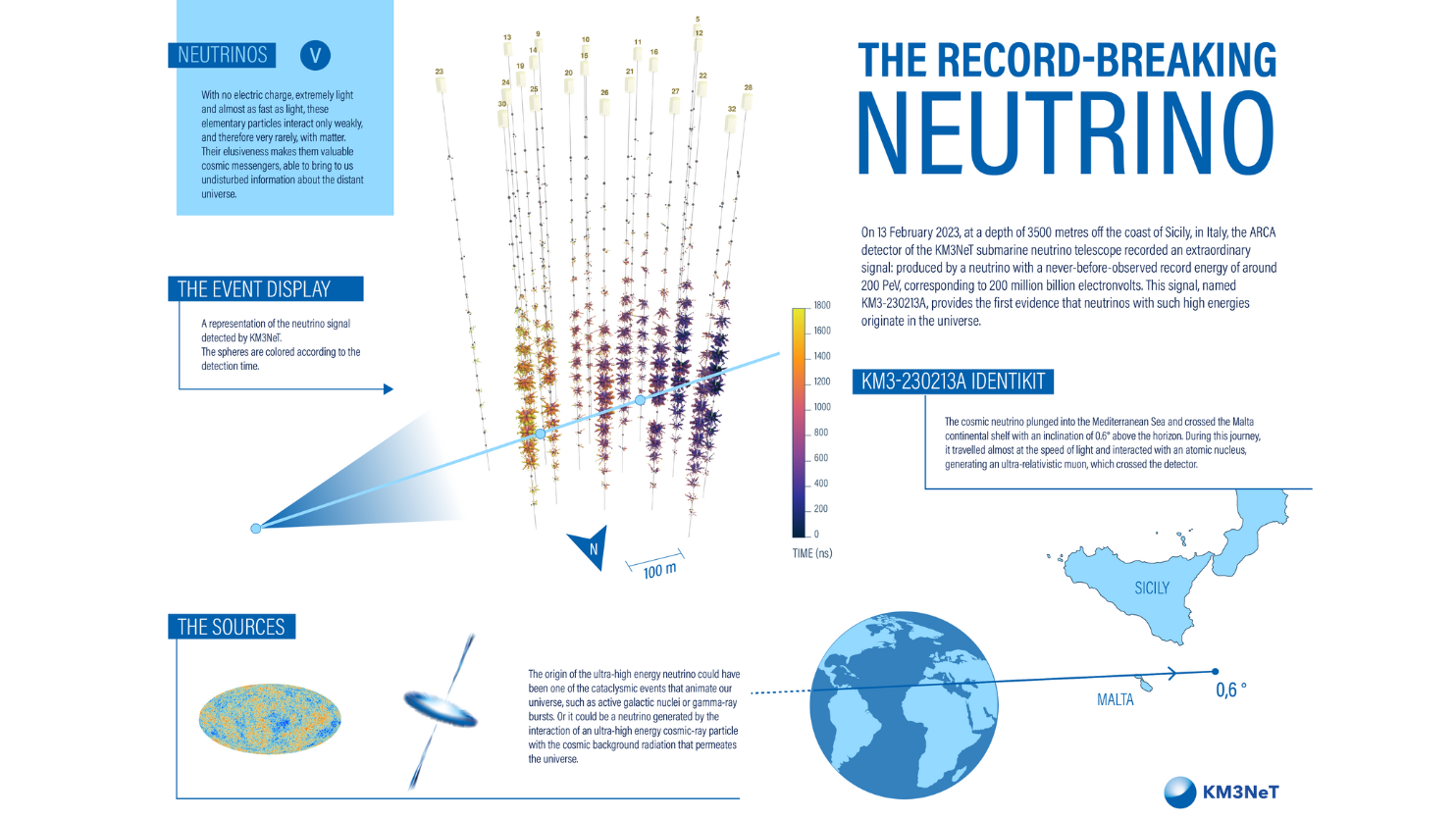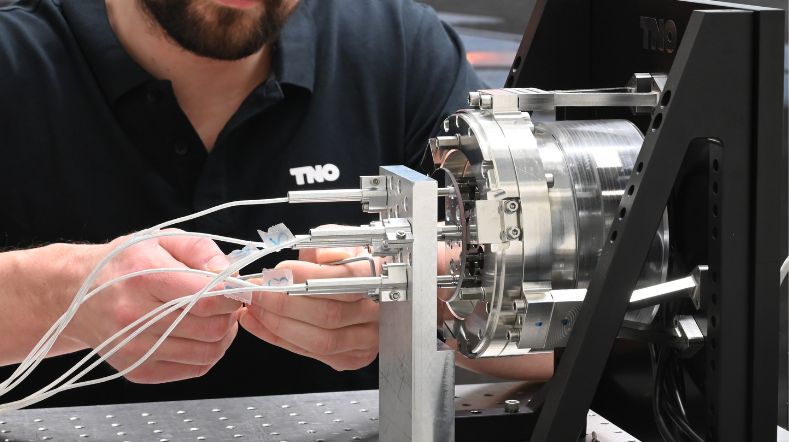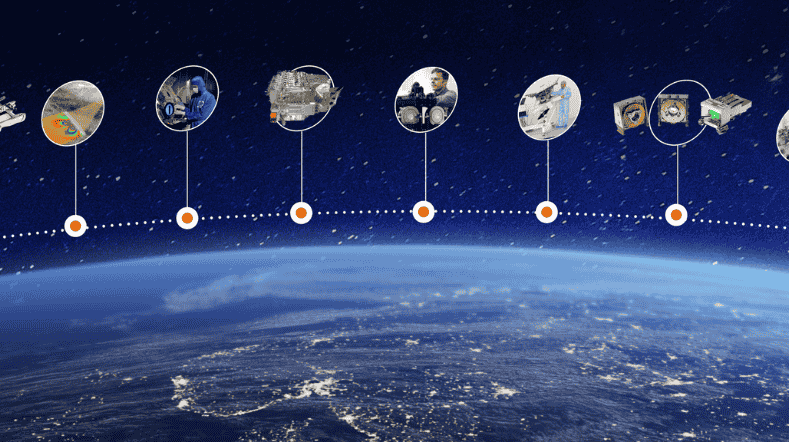
Deep sea telescope detects highest energy neutrino ever observed
From the abyss of the Mediterranean Sea, the KM3NeT Collaboration, which includes TNO, has detected a cosmic neutrino with a record-breaking energy of about 220 PeV (220 million billion electron volts) using a deep sea telescope. Neutrinos are particles that help scientists study cosmic events like supernovae and gamma-ray bursts, providing insights into the universe's most energetic processes. This event, is the most energetic neutrino ever observed and provides the first evidence that neutrinos of such high energies are produced in the Universe. The results were published in Nature today.
Neutrinos
The high-energy universe hosts dramatic events like supermassive black holes, supernova explosions, and gamma-ray bursts, which remain mysterious. These cosmic accelerators generate cosmic rays that can interact with matter or photons to produce neutrinos and photons. As cosmic rays travel through the universe, they may also interact with cosmic microwave background radiation, creating highly energetic "cosmogenic" neutrinos. These tiny, neutral subatomic particles with very little mass interact only via the weak nuclear force and gravity. Even though they are the second most abundant particle in the Universe after photons (light), they are extremely difficult to detect and require enormous detectors.
Deep sea telescope
The kilometer cubic neutrino telescope (KM3NeT), currently under construction, is a giant deep sea infrastructure distributed across two detectors ORCA and ARCA. The KM3NeT/ORCA detector, situated 2450 meters deep near Toulon, France, focuses on the fundamental properties of neutrinos. ORCA will consist of 115 detection units, with data sent to a shore station in La Seyne Sur Mer. The KM3NeT/ARCA detector, located 3450 meters deep near Sicily, studies high-energy neutrinos and their sources. It will have 230 detection units, each equipped with 18 Digital Optical Modules. The ARCA detector detected the high energy neutrino on February 13th, 2023 and after long analysis the results were published in Nature.

International collaboration
The KM3Net consortium brings together more than 360 scientists, engineers, technicians and students of 68 institutions from 22 countries all over the world. The Dutch contribution to the neutrino telescope KM3NeT consists of Nikhef (lead) and TNO, NIOZ, KVI-CART, de Universiteit van Amsterdam, Universiteit Leiden, Vrije Universiteit and Radboud Universiteit. TNO is developing hydrophone technology that makes it possible to record sound from neutrino interactions in the deep sea. This new method allows for the construction of larger telescopes and detect neutrinos with even higher energies. The development of an acoustic telescope would be a valuable addition to the field.
Next Steps
This event marks a significant milestone, paving the way for further exploration. Based on this single neutrino it is difficult to determine its origin. The neutrino may originate directly from a powerful cosmic accelerator. Future observations will aim to detect more such events, refining our understanding of this energy regime.
Get inspired
First Dutch hybrid quantum channel for secure communication successfully established


TU/e appoints TNO’s Niek Doelman as professor for control of optical waves


Instrument realisation and verification


60 Years of Space Innovation: Pioneering Beyond Earth


TNO's laser communication terminal secures prestigious win at EARTO Innovation Awards


